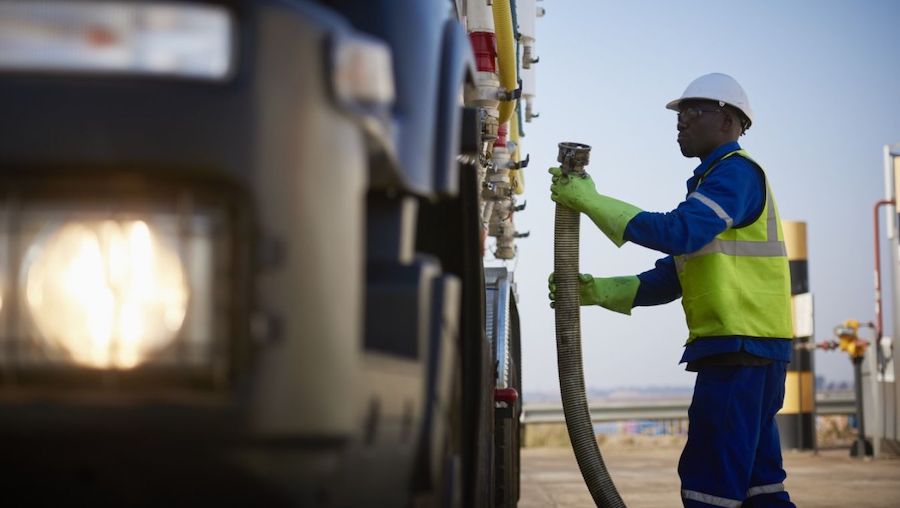California lawmakers move to ban new oil wells within 3,200 feet of homes and schools


California lawmakers on Wednesday sent a bill to the governor that would impose a statewide buffer zone to separate homes, schools, hospitals and other populated areas from new oil and gas wells.
Senate Bill 1137 would prohibit the California Geologic Energy Management Division from approving a new oil well within 3,200 feet of residential neighborhoods, but would not ban existing wells within those areas.
The legislation is a part of a broader climate package that Gov. Gavin Newsom endorsed in recent weeks. The decision comes after similar efforts to ban fracking and instate a buffer zone failed last year in a state committee vote.
California is the seventh-largest oil-producing state in the U.S. but hasn’t had regulations on how far active oil wells should be from populated areas. More than 2 million people live within 2,500 feet of an operational oil and gas well and an additional 5 million, or 14% of the California’s population, live within 1 mile, according to an analysis by the non-profit FracTracker Alliance.
Research shows that residents who live near drilling sites are at greater risk of preterm births, asthma, respiratory disease and cancer. Oil drilling has disproportionately harmed Black and Latino residents in major oil fields such as Los Angeles County and Kern County.
“Passage of this monumental bill is a tribute to the tireless frontline communities who have fought for their lives against fossil fuel polluters for years,” Hollin Kretzmann, an attorney at the Center for Biological Diversity’s Climate Law Institute, said in a statement.
“California has more work to do on climate and environmental justice, but these protections are a huge step toward a healthier, safer, more sustainable future,” Kretzmann said.
Other oil producing states like Colorado, Pennsylvania and Texas have already implemented various forms of buffer zones between communities and oil wells. California’s new restrictions would likely take a couple years to go into effect.
The buffer zone bill was part of a broader suite of climate measures approved by the California legislature this week.
State lawmakers approved legislation to establish a target for 90% clean electricity by 2035 and achieve net-zero greenhouse gas emissions by 2045. Lawmakers also approved measures to expedite permits for carbon capture and storage, and voted to extend the operations of Diablo Canyon, the state’s last remaining operating nuclear power plant.
This post has been syndicated from a third-party source. View the original article here.



